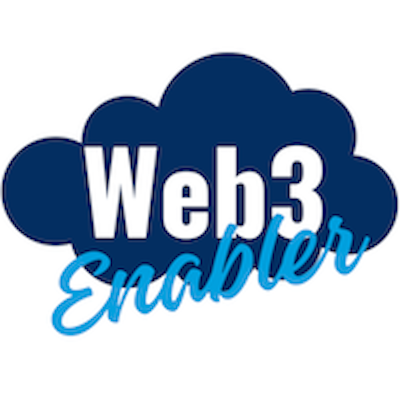Crypto payments in Salesforce are no longer a future ambition—they’re becoming a tangible enterprise solution. This evolution is being driven by major industry milestones, including Circle’s launch of USDC on the XRP Ledger, the near-passage of the Genius Act in the U.S. Senate, and Stripe’s acquisition of wallet-as-a-service provider Privy. In this episode of Real World Blockchain, Alex Hochberger, CEO of Web3 Enabler, explores how these developments are aligning to deliver seamless, regulated, and scalable crypto integration within Salesforce ecosystems.
Turning Regulation into Business Opportunity: The Genius Act
The Genius Act, now advancing through the Senate with a strong 68-vote cloture, signals the first serious attempt at regulating stablecoins in the U.S. If passed, the legislation will catalyze trust and usability by establishing a legal framework around stablecoin issuance and operations.
While implementation will take time—new divisions, rulemaking, staffing—the clear direction toward regulation is a green light for enterprises looking to adopt crypto payments. Alex Hochberger forecasts 2025 as a breakout year for adoption, with 2026 expected to bring widespread usage.
XRP Ledger and the Rise of Institutional Stablecoins
Circle’s launch of USDC on the XRP Ledger comes alongside Ripple’s own RLUSD stablecoin, signaling that XRPL is becoming a preferred platform for institutional payments. Known for its compliance-ready infrastructure, XRPL offers fast, low-cost, and scalable settlement—now with multiple stablecoins integrated.
For Salesforce-based organizations, this means trusted assets like USDC and RLUSD can be used in applications built directly on CRM and ERP platforms—extending the reach of blockchain into real-world business operations.
USDC in Salesforce
XRP in Salesforce
Stripe + Privy: Simplifying Wallet Infrastructure
One of the biggest integration wins came with Stripe’s acquisition of Privy, a wallet-as-a-service startup known for enabling smooth wallet creation and authentication. Paired with Stripe’s existing crypto infrastructure (Bridge), this creates a plug-and-play stack that simplifies crypto wallet integration inside existing systems like Salesforce.
For developers and enterprises, this unlocks the ability to:
- Spin up wallets for vendors or customers
- Link wallets to bank accounts via ACH, SEPA, or wire
- Automate KYC processes
- Facilitate on-ramps and off-ramps seamlessly
Combined with Salesforce, this creates a real opportunity to enable low-friction crypto payments for enterprise clients.
Digital Asset Wallet
Blockchain Payments for Salesforce – AppExchange
Web3 Enabler: Leading Crypto Integration in Salesforce
Web3 Enabler is building the foundational infrastructure for enterprise crypto adoption—natively inside Salesforce. Their flagship product, a digital asset wallet, is nearing completion of security review ahead of its release on the Salesforce AppExchange.
Designed for financial advisors, wealth managers, and enterprise B2B workflows, it offers:
- Internal and external wallet provisioning
- Real-time payment and settlement tracking
- Full integration into existing Salesforce workflows
“Imagine being able to spin up a wallet tied to a bank account, initiate crypto payments, and settle transactions—all without leaving your CRM,” said Hochberger. “We’re making that real.”
Bitcoin in Salesforce
USDT in Salesforce
Mainstream Adoption Is On the Horizon
The crypto industry is maturing—quickly. With clear regulatory signals, interoperable stablecoins, and enterprise-grade integrations from Stripe and Web3 Enabler, crypto payments in Salesforce are poised to become a standard tool for modern enterprises.
Whether you’re a vendor looking to reduce fees, a financial firm aiming for faster settlements, or a CRM team building the future of finance, the infrastructure is falling into place.
Stay tuned as Web3 Enabler continues to lead the charge—bringing all things crypto to all things Salesforce.







